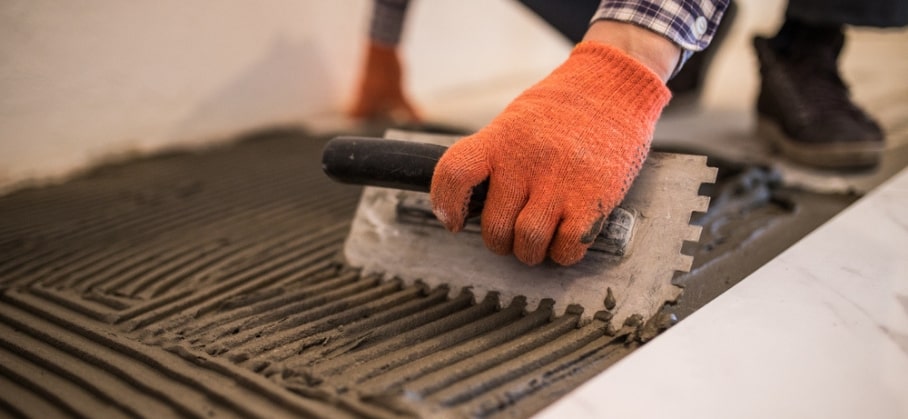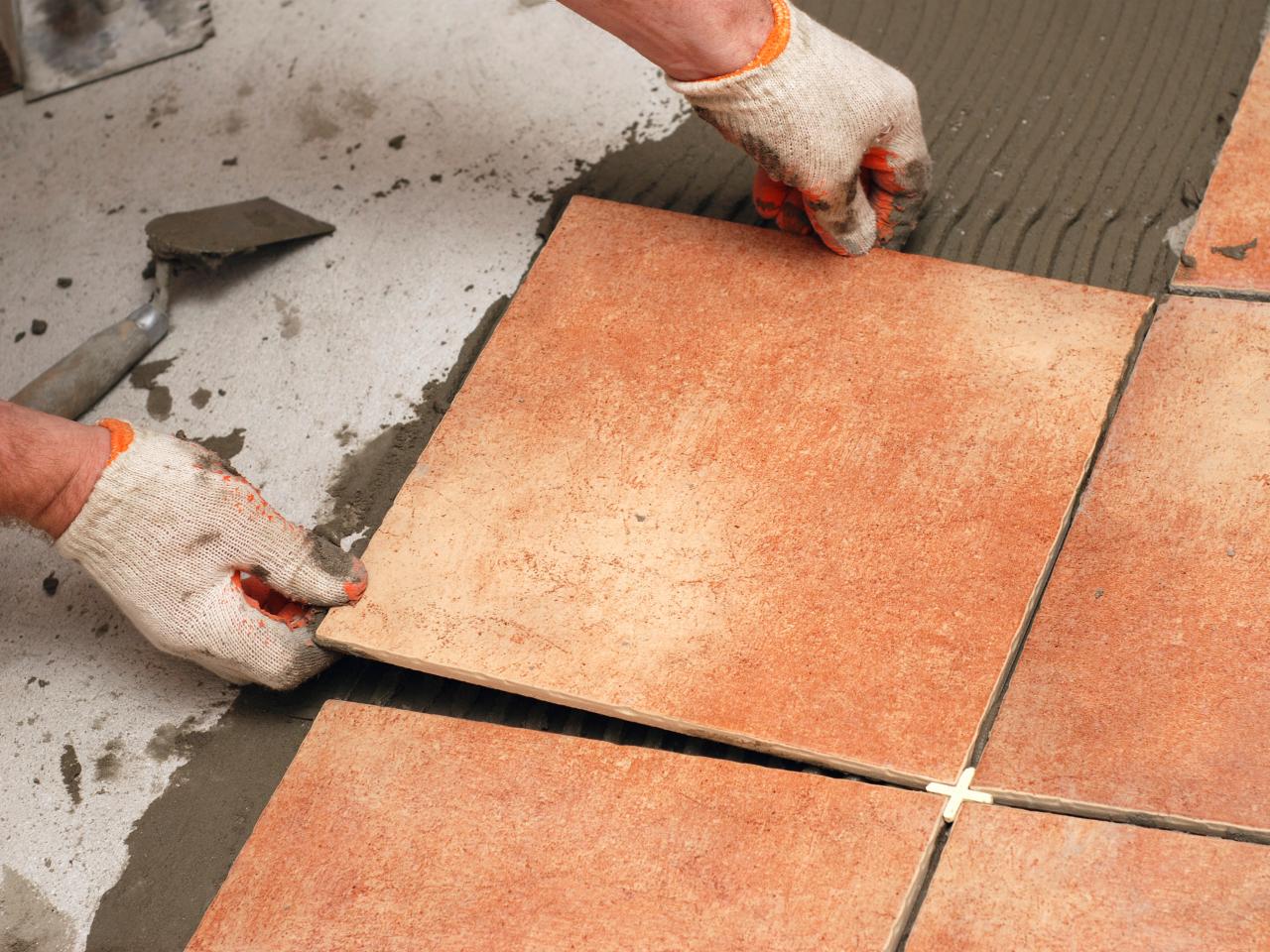Drummy tiles happen to all of us at one point or another. It can be an absolute nightmare to deal with, but deal with it we must! When you experience drummy tiles, some people want to replace them entirely, and some people will fix them. Then choice will ultimately fall to you. You need to look at the state the tile is in. Then make a decision about what the best next move is going to be, and we’re going to help. In this article, we’re going to be taking a look at some of the information that you need to consider when determining whether to replace or fix your drummy tiles.
What Are Drummy Tiles?
If you don’t know what drummy tiles are, they are tiles that have come loose or are no longer bonded the way they were when they were laid down. More often than not, if you walk on or tap these tiles, you will be able to hear a hollow sound. Which is one of the easiest ways to tell if you have any drummy tiles in your space.
What Causes Drummy Tiles?
There are a number of reasons why a tile may have come loose or is no longer bonded properly. One of the most common causes of loose tiles is the incorrect adhesive being used by the contractor when they laid the tiles. Being there not having been enough applied at this time. The adhesive needs to be used correctly and in the right quantity for the tiles to remain in place and bonded.
Some of the other causes of drummy tiles include:
- Lack of control/expression joints
- Tiles not being laid onto the adhesive quick enough
- Thermal exposure
- Walking on the tiles before the full bonding strength had been achieved
- Moisture exposure such as a burst pipe flooding the floor
There are other causes, but these are some of the most common that tend to lead to drummy tiles.

When To Fix?
One of the options available for drummy tiles is to fix them. If you don’t have any experience with tiling, it’s best to get an expert to complete this process for you, as this reduces the risk of the tiles becoming drummy again later down the line. However if you do this yourself, you might run into some of the common issues once more such as the adhesive not being prepared properly, or not applying enough to create the proper strength of bond needed.
Therefore you choose the right company, they will be able to complete a long-term repair for you. Hopefully meaning that you won’t need to do this again. This is a good option if there are only a small number of tiles that have become drummy tiles.
When To Replace?
So, when is it a good idea to replace your loose tiles rather than having them fixed? First, if there are a large number of tiles that need fixing. Therefore you may as well just take it all up and have them replaced as it will likely cost a similar amount for both services.
If you think that the floor was completed poorly, then it’s going to be worth having the entire thing retiled. This is to ensure that you don’t face more drummy tiles going forward. The likelihood of other tiles becoming drummy increases when one has already gone this way as whatever is causing it is likely impacting the entire floor.
You also get the chance to completely redesign your space by choosing new flooring if you want to. Which gives your space an entirely new, updated look. This could be the excuse that you need to get that new floor that you have been thinking about.
However, we do want to note that you do not need to replace all of the tiles on the floor. However you can simply replace the ones that are no longer safe or suitable to save all of the hassle!
We hope that you have found this article helpful. Also that you now have a better understanding of when it’s best to replace your drummy tiles instead of fixing them. You always need to look at the individual situation in front of you to determine what the right path is. At the end of the day, it’s entirely up to you whether you want to replace or fix your drummy tiles. Therefore only you can make that decision! Use this information to do it though, and you will end up making the right choice based on the state of your tiles.

